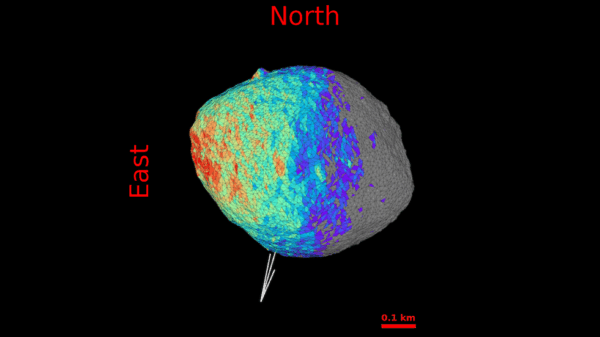The i-BRAIN Nanofabrication Facility, located in Guangming District, Shenzhen, China, is making significant strides in the field of neurotechnology. Operated by the Shenzhen Medical Academy of Research and Translation (SMART), this state-of-the-art facility supports advanced research in brain-computer interfaces (BCI) and other neurotechnological innovations.
This facility is positioned to become a pivotal player in the international research community, providing essential resources and expertise for scientists and engineers focused on understanding and enhancing the interaction between the human brain and computers.
Facility Features and Research Focus
Equipped with cutting-edge technology, the i-BRAIN facility enables researchers to conduct experiments and develop applications that could revolutionize fields such as medicine, rehabilitation, and human-computer interaction. The facility’s design incorporates advanced nanofabrication techniques, allowing for the creation of highly precise neural interfaces.
The work being done at i-BRAIN is not only innovative but also essential in addressing some of the most pressing challenges in neuroscience. By facilitating breakthroughs in BCI technology, the facility aims to enhance communication for individuals with disabilities and improve the quality of life for patients suffering from neurological disorders.
Collaboration and Impact
The i-BRAIN Nanofabrication Facility is dedicated to fostering collaboration among researchers from various disciplines. By attracting talent from around the globe, the facility aims to create a vibrant ecosystem where knowledge and ideas can flourish. The emphasis on international cooperation positions i-BRAIN at the forefront of neurotechnology research.
According to a spokesperson from SMART, the facility is committed to advancing the field of neurotechnology through rigorous research and development. “Our goal is to push the boundaries of what’s possible with brain-computer interfaces,” the spokesperson stated. “We believe that our work here can lead to transformative applications that will benefit society as a whole.”
As the i-BRAIN facility continues to grow, its influence on both the academic and practical aspects of neurotechnology is expected to expand. The potential applications of its research promise to reshape how humans interact with machines, offering new solutions to longstanding challenges in health and communication.
The establishment of this facility underscores Shenzhen’s role as a hub for technological advancement, attracting investments and talent in the rapidly evolving field of neurotechnology. With its commitment to cutting-edge research, the i-BRAIN Nanofabrication Facility is poised to make a lasting impact on the global stage.


































































